| Aluminium -
tends to be light in colour although it can
be polished to a mirror like appearance. It
is very light in weight. Learn
more >> |
Used for saucepans. cooking
foil, window frames, ladders, expensive bicycles. |
660°C |
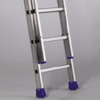 |
| Copper
– is a ductile and malleable metal.
It is often red / brown in colour. It is a
very good conductor of heat and electricity.
Learn
more >> |
Used for plumbing, electric
components, cookware and roof coverings. |
1084°C |
 |
| Tin –
Is very ductile and very malleable. It is
resistant to corrosion from moisture. It is
bright silver in appearance. Tinplate is steel
with a tin coating. Learn
more >> |
Used as a coating on food
cans, beer cans. Used as whistles, tin foil
and soldering. |
231°C |
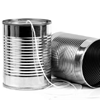 |
| Zinc
– is very resistant to corrosion from
moisture. However zinc is a very weak material.
Learn
more >> |
Used as a coating on screws,
steel buckets, American cents. It is also
used to galvanise steel. |
419°C |
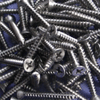 |
| Brass
– Is often cast and machined then plated.
It is yellow in colour and is a mixture of
65% copper and 35% zinc. Learn
more >> |
It is used for decorative
metal work such as door handles, candle sticks,
musical instruments, ornaments. |
900–940 °C depending
on composition |
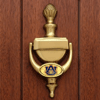 |
| Casting alloy
– This looks like aluminium and is used
for casting. It is aluminium with 3% copper
and 5% silicon. Learn
more >>
|
Used for sand casting,
die casting, engine parts, casting in schools. |
660°C |
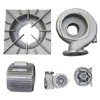 |








